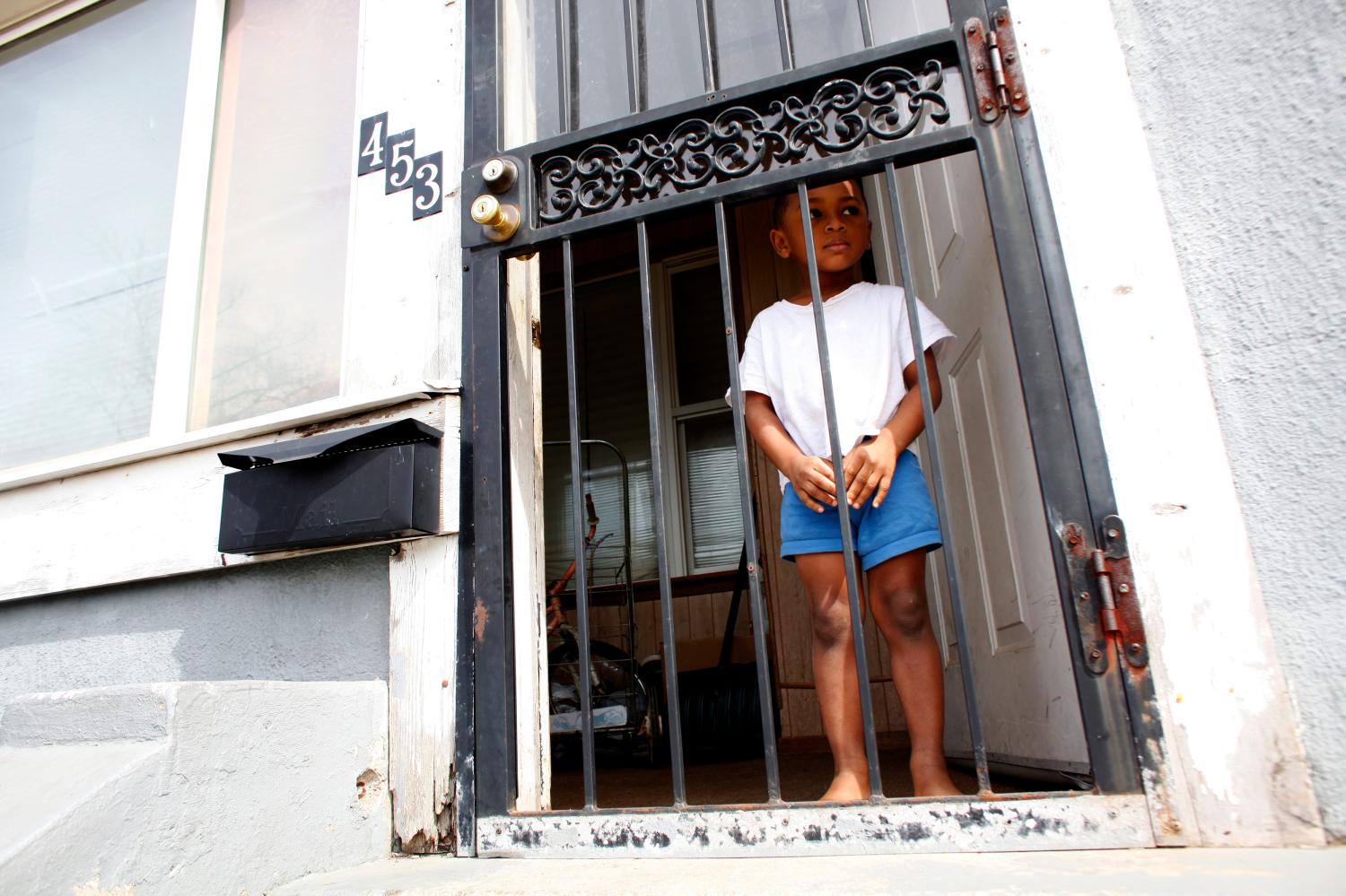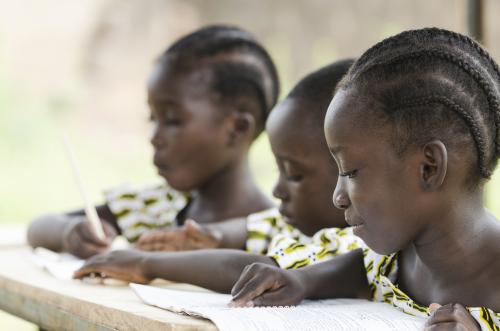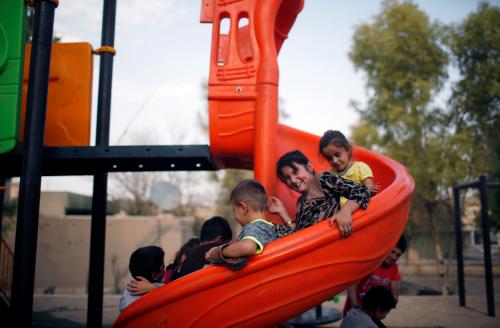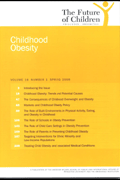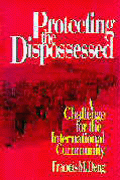Content from the Brookings Institution India Center is now archived. After seven years of an impactful partnership, as of September 11, 2020, Brookings India is now the Centre for Social and Economic Progress, an independent public policy institution based in India.
Violence in childhood is a serious health, social and human rights concern globally, there is, however, little understanding about the factors that explain the various forms of violence in childhood. This paper uses data on childhood violence for 10,042 individuals from four countries. We report Odds Ratios from pooled logit regression analysis with country fixed effects model. There is no gender difference in the overall incidence of childhood violence. The data shows that 78% of girls and 79% of boys have suffered some form of violence before the age of 18 years. Odds of violence are higher among richer households, among individuals who have attended school and among individuals who have been married or in marriage-like arrangements. Individuals who justify wife beating have significantly higher likelihood of having faced violence themselves. Most perpetrators of violence against children – physical, emotional and sexual – are people known to them in their homes and community, and not strangers. This study highlights some key factors that can explain this phenomenon.
This study looks to contribute through an empirical analysis using individual level data from four countries collected through the Violence Against Children Surveys (VACS). We have more than 10,000 observations from four countries – Tanzania, Cambodia, Kenya and Swaziland. The data covers details of physical, emotional and sexual violence faced by individuals in the age group of 13–24 years of age in these four countries.
Recognising the seriousness of childhood violence as a health, social and human rights concern globally, the United Nation’s Sustainable Development Goals expanded its scope to include an agenda to end all forms of violence against children globally. Recent literature has documented the magnitude of violence against children and the results are overwhelming. A statistical analysis carried out by the United Nations Children’s Fund reports that 60% of children experience physical punishment on a regular basis, and worldwide, nearly one in three adolescents face bullying on a regular basis. This paper uses individual level data for four countries and our analysis highlights some of the key factors that can explain the phenomenon of childhood violence globally.
Download the report here
The Brookings Institution is committed to quality, independence, and impact.
We are supported by a diverse array of funders. In line with our values and policies, each Brookings publication represents the sole views of its author(s).

